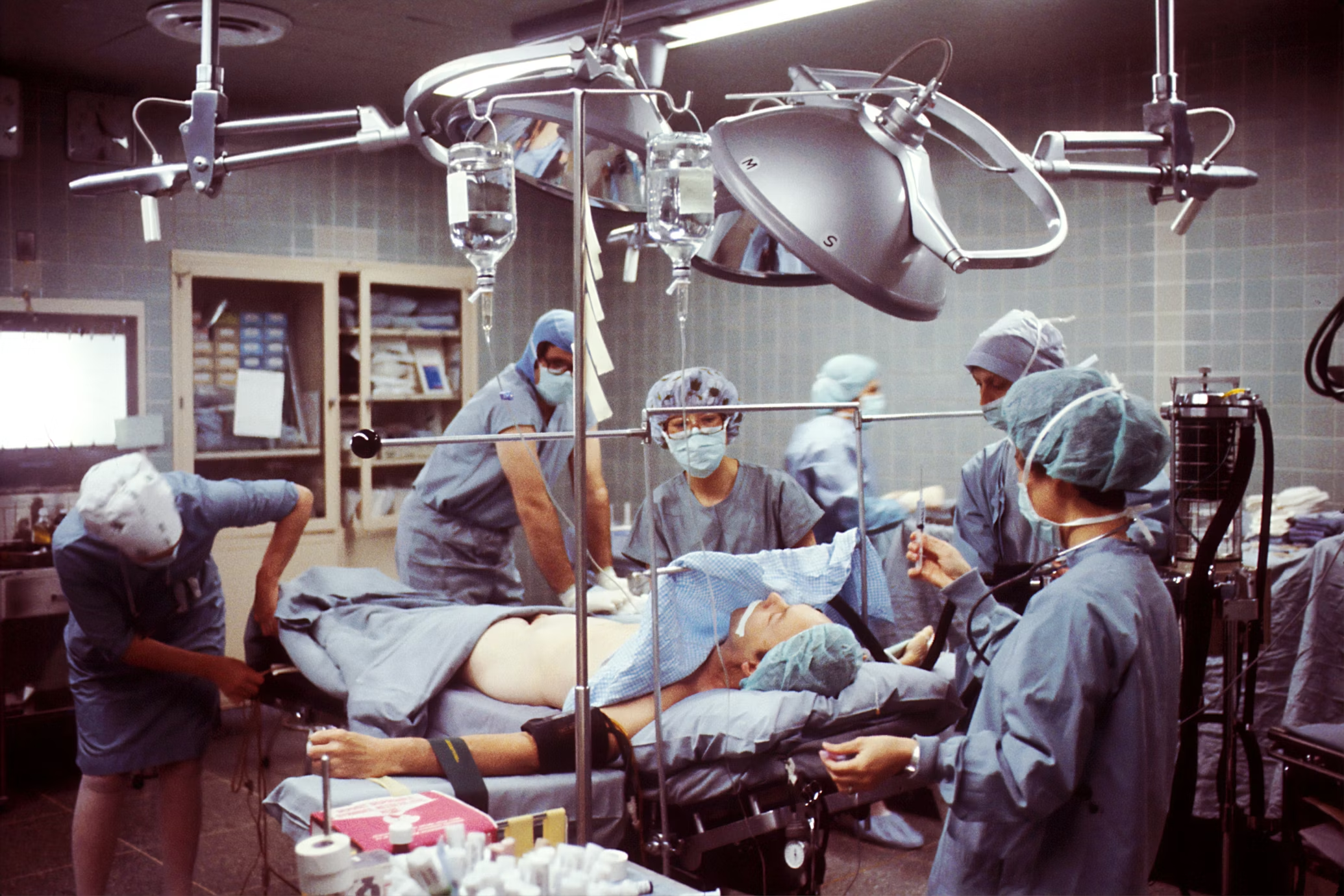
Thanks to groundbreaking technological advancements, orthopedic surgery has undergone a remarkable transformation in recent years. Innovations are reshaping how surgeons approach musculoskeletal conditions, from preoperative planning tools to robotic-assisted procedures. These changes enhance precision and improve recovery times and outcomes for patients. As healthcare providers seek to optimize care delivery, these technological strides offer hope for a more efficient and effective orthopedic landscape.
Enhancing Surgical Precision with Robotics
Robotic-assisted surgery has revolutionized orthopedic procedures. These systems empower surgeons with better visualization, greater control, and enhanced accuracy. In joint replacement surgeries, for instance, robotic platforms assist in aligning implants with millimeter precision, significantly reducing the likelihood of complications or revision surgeries. Robotics enables a more tailored approach for each patient by minimizing human error and allowing real-time adjustments.
Moreover, robotic technology contributes to less invasive procedures. Smaller incisions mean less trauma to surrounding tissues, reduced blood loss, and quicker healing times. This shift is especially beneficial in knee and hip replacements, where early mobility and reduced postoperative discomfort are crucial in the patient’s rehabilitation journey. As robotic systems evolve, their application is expected to expand into spine and trauma surgeries.
3D Printing and Custom Orthopedic Implants
Another transformative innovation in orthopedic surgery is 3D printing. This technology allows for creating patient-specific implants, guides, and anatomical models. Surgeons can now use 3D-printed replicas of a patient’s joint or bone structure to plan procedures accurately. This personalized approach significantly enhances surgical outcomes by ensuring a better fit and alignment of implants.
In complex orthopedic cases, particularly those involving severe bone deformities or revisions, 3D printing enables the customization of implants that would be difficult to achieve with conventional methods. Additionally, surgical guides produced through 3D printing improve intraoperative navigation, helping surgeons follow the most precise path. These advancements reduce operating time and increase the success rate of surgeries.
Augmented Reality and Surgical Navigation
Augmented reality (AR) is increasingly adopted in orthopedic operating rooms to support real-time surgical navigation. By overlaying digital information onto the surgeon’s field of view, AR enhances spatial awareness and helps locate anatomical landmarks accurately. This is particularly useful in minimally invasive procedures where visibility is limited.
Alongside AR, computer-assisted navigation systems are gaining popularity in orthopedic surgery. These systems use imaging data to guide instruments during procedures, improving surgeons’ ability to place implants accurately. Integrating AR with navigation systems promises a new level of control and predictability, ultimately benefiting patients by reducing complications and improving recovery times.
Artificial Intelligence in Diagnosis and Planning
Artificial intelligence (AI) is growing in orthopedic care, particularly in diagnostics and preoperative planning. AI algorithms can analyze medical imaging and identify abnormalities more quickly and accurately than traditional methods. For instance, AI tools can detect subtle changes in bone density or joint structure that may not be easily visible to the human eye.
Additionally, AI enhances decision-making by predicting patient outcomes based on data-driven models. This can help orthopedic surgeons choose the most effective treatment options and anticipate potential complications. By combining AI insights with clinical expertise, orthopedic teams can develop personalized treatment plans that increase the likelihood of successful outcomes and patient satisfaction.
Minimally Invasive Techniques and Faster Recovery
Technological tools supporting smaller incisions and targeted interventions have significantly boosted the trend toward minimally invasive orthopedic surgery. These techniques reduce the physical trauma of surgery, allowing patients to recover more quickly and with less postoperative pain. Arthroscopic surgery, a minimally invasive technique commonly used for joint issues, has significantly benefited from enhanced cameras and instruments that improve visibility and dexterity.
Patients undergoing minimally invasive procedures often enjoy shorter hospital stays and a quicker return to normal activities. As these approaches become more refined and widely adopted, they transform the recovery process and set new standards in orthopedic care. The combination of minimally invasive methods with robotic assistance and digital imaging continues to redefine surgical excellence.
Regenerative Medicine and Biologics
Orthopedic technology isn’t limited to surgical instruments but includes advances in biological treatments and regenerative medicine. Therapies such as platelet-rich plasma (PRP), stem cell injections, and tissue engineering are now being used to repair damaged cartilage, tendons, and ligaments. These biological treatments offer alternatives to traditional surgery and support the body’s natural healing process.
Regenerative medicine is particularly promising for sports injuries and early-stage arthritis, which aims to restore function without invasive procedures. As research continues to evolve, orthopedic surgeons increasingly combine biologics with surgery to enhance healing and improve long-term outcomes. The synergy between surgery and regenerative therapy represents a significant leap toward more comprehensive, patient-centered care.
Wearable Technology for Postoperative Monitoring
Another exciting development in orthopedic care is using wearable devices to monitor patient recovery after surgery. These smart wearables track data such as range of motion, activity levels, and gait patterns, providing real-time feedback to both patients and clinicians. By continuously monitoring recovery metrics, healthcare teams can identify issues early and tailor rehabilitation programs accordingly.
Wearables also empower patients to participate more actively in their recovery journey. When patients see their progress quantified, it can boost motivation and adherence to physical therapy routines. This technology can reduce readmissions, enhance patient outcomes, and lower healthcare costs in the long run.
The Future of Orthopedic Innovation
The integration of cutting-edge technologies into orthopedic surgery has ushered in a new era of precision, personalization, and patient empowerment. As robotic systems become more intuitive, AI more predictive, and biologics more effective, orthopedic care will continue to evolve in favor of better outcomes and experiences. While challenges remain in cost, training, and accessibility, the promise of these innovations is undeniable.
The convergence of digital tools and biological science redefines what is possible in orthopedic surgery. As technology advances, patients and providers benefit from safer procedures, quicker recoveries, and more sustainable outcomes. The future of orthopedics is not only high-tech but also profoundly human-centered—placing the individual at the core of every innovation.